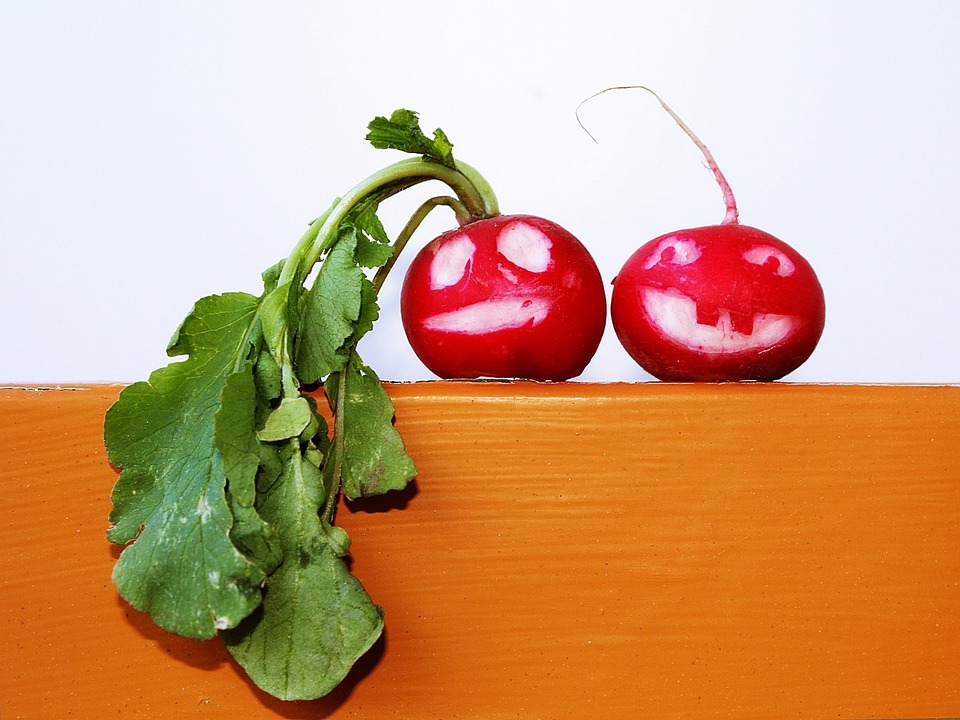Introduction
Growing your own fruit at home can be an incredibly rewarding and fulfilling experience.
Not only do you get to enjoy the freshest and tastiest produce right from your own backyard, but you also have the ability to unleash flavors that are often unmatched by store-bought fruits.
In this article, we will dive into expert techniques that will help you enhance the flavors of your homegrown fruit, making each bite a truly delightful experience.
Choosing the Right Varieties
The first step in achieving superior flavors is selecting the right fruit varieties to grow.
Depending on your climate and growing conditions, certain types of fruit may thrive more than others.
Research the best varieties that are well-suited to your region and consider factors such as disease resistance and flavor profiles.
For example, if you love sweet and juicy peaches, consider growing “Elberta” or “Hale Haven” varieties, acclaimed for their exceptional taste and adaptability to different climates.
Providing Optimal Growing Conditions
To maximize the flavors of your homegrown fruit, it’s crucial to provide them with optimal growing conditions.
This includes selecting the right location in your garden that receives adequate sunlight, as most fruits require at least 6-8 hours of direct sunlight per day.
Additionally, ensuring proper soil quality, pH levels, and drainage will create a favorable environment for your plants to thrive.
Conduct a soil test and amend your soil with organic matter or fertilizers as necessary to fulfill the specific nutrient requirements of your chosen fruit trees or bushes.
Pruning and Training Techniques
Pruning and training your fruit plants plays a crucial role in enhancing their flavors.
By properly pruning your trees or bushes, you can control their shape, size, and promote better air circulation, which helps reduce the risk of diseases and pests.
Moreover, pruning stimulates growth in specific areas, resulting in more concentrated flavors.
Trained fruit trees, such as espaliered or trellised plants, not only save valuable space but also provide better light exposure to each fruit, leading to even ripening and intensified flavors.
Thinning Fruit for Better Quality
Thinning is an essential technique that ensures your fruit develops superior flavors.
By removing excess fruit from each cluster or branch, you allow the remaining fruits to receive more nutrients and energy from the tree, resulting in larger, sweeter, and more flavorsome harvests.
Thinning also prevents overcrowding, which can lead to a higher risk of diseases and compromised fruit quality.
Be sure to refer to specific thinning guidelines for each fruit type, as the process varies.
Harvesting at the Peak of Ripeness
Timing is everything when it comes to harvesting fruit for the best flavors.
Each fruit variety has its own specific indicators to determine ripeness, such as color, texture, and aroma.
Learning these signs will help you pick the fruits at their peak, ensuring optimal flavor development.
Avoid harvesting too early or too late, as it can significantly impact the taste.
Remember that some fruits, like berries and stone fruits, continue to ripen off the tree, so consider leaving them on the plant until they reach their full potential.
Proper Storage and Post-Harvest Handling
After harvesting your homegrown bounty, proper storage and post-harvest handling are critical for preserving flavor and freshness.
Handle fruits gently to prevent damage and store them in appropriate conditions.
Some fruits require refrigeration, while others prefer cool, dark spaces.
Avoid washing fruits until just before consuming to prevent moisture loss.
Storing fruits correctly helps maintain their flavors and nutritional value, allowing you to enjoy the rewards of your hard work for longer.
FAQs Section
What are the best fruit varieties for beginners?
Some great fruit varieties for beginners include strawberries, tomatoes, and blueberries.
These fruits are relatively easy to grow and maintain, providing a rewarding experience even for those new to gardening.
How can I protect my fruits from pests and diseases?
Preventing pests and diseases is an ongoing process that involves regular monitoring, maintaining proper sanitation, and utilizing organic pest control methods whenever possible.
Employing techniques like netting, companion planting, and maintaining a healthy garden ecosystem will help reduce the risk of unwanted visitors.
What can I do with excess fruit?
If you find yourself with an abundance of fruit, there are several options to consider.
You can share them with friends, family, or neighbors, preserve them through canning or freezing, or donate them to local food banks or community organizations.




